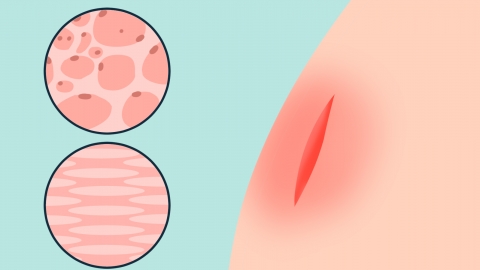What is tetanus infection?
Tetanus infection is an acute infectious disease caused by Clostridium tetani entering the body through wounds, where the bacteria multiply and release toxins. These toxins primarily affect the nervous system, leading to muscle rigidity and spasms, which can be life-threatening in severe cases. It commonly occurs when contaminated wounds are not properly treated. If a wound is deep or heavily contaminated, immediate medical attention is recommended.

Clostridium tetani is an anaerobic bacterium commonly found in soil, feces, and on rusty metal surfaces. When wounds are deep, contain foreign objects, or become contaminated, the bacteria can rapidly multiply in low-oxygen environments. The spasmogenic toxin produced travels via nerves to the central nervous system, disrupting nerve signal transmission and causing abnormal muscle contractions.
Early symptoms of infection often include fatigue, dizziness, and difficulty chewing. This progresses to classic signs of muscle rigidity and spasms, such as lockjaw, stiff neck muscles, and sustained contraction of trunk muscles. In severe cases, it may lead to breathing difficulties and suffocation. The disease has a sudden onset and progresses rapidly; without prompt treatment, mortality rates are high. Proper wound management and vaccination are key preventive measures.
After any injury, wounds should be cleaned promptly—rinsed with water and disinfected—to prevent retention of foreign materials. Deep or severely contaminated wounds require proper medical care. Additionally, adequate rest and keeping the wound dry and clean are essential to prevent secondary infections.





